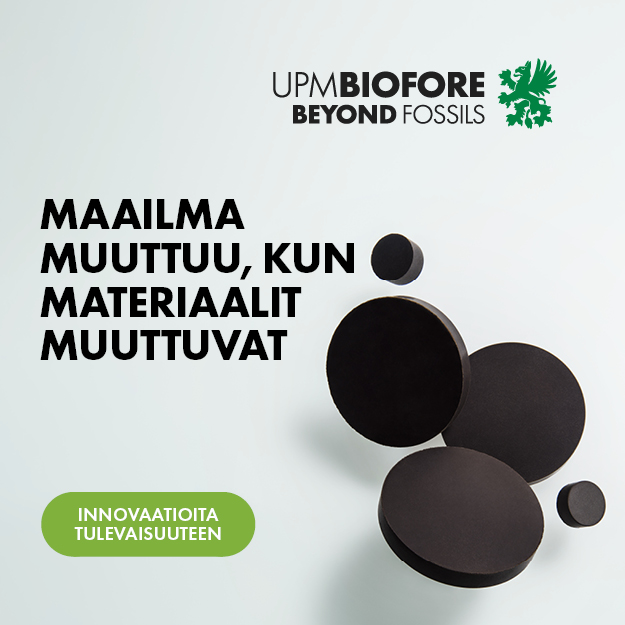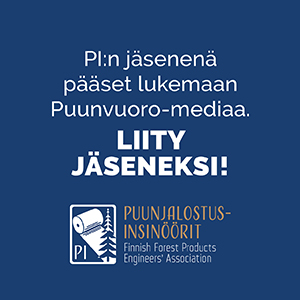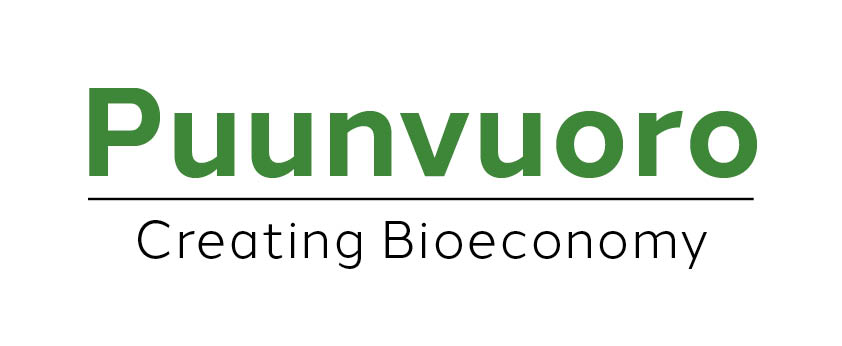“There is no overarching answer, because the growth rates in different sectors are individual,” says Pia Qvintus, Programme Manager for the Innovative Bioproducts growth programme at Finpro.
She nevertheless lists areas of market potential in which domestic bioeconomy enterprises and those aiming to be such enterprises are already active:
“Pulp-based fibre in textiles to replace cotton and polyester, biomaterials that replace plastic, bio-based construction composites and various bioactive components separated from industry by-products as well as berries and other plants for healthcare and cosmetics.”
The Innovative Bioproducts growth programme is aimed primarily at small and medium-sized enterprises.
According to Qvintus, these businesses have developed new ways to create value-added products as well as energy and resource-efficient processes and technologies.
However, given that the companies are still in the growth phase, their challenges involve the commencement of production, funding and international growth.
“Their own resources are largely tied up in product development and production, and they are not necessarily able to build international partnerships and sales on their own, particularly in the long run and simultaneously in several different markets.”
The programme aims to help the companies overcome such challenges and support the exportation of the new solutions offered by the Finnish bioeconomy.
The bottleneck for new bioeconomy projects is often the scalability of production. Qvintus remarks on the costs that new kinds of products and the industrial processes related to them bring along.
“The road from a startup company to industrial operations is long, and we must do everything we can to make it easier and faster. The most difficult part is the scalability to the industrial scale. There are a lot of promising pilot projects, but the start-up of production requires big resources.”
Qvintus adds that laptops do not cut it as tools in process industry.
“The start-up phase of production can cost up to tens of millions of euros.”
Energy from networks
Qvintus also stresses the traditional Finnish forest industry’s willingness to reinvent itself.
By way of examples, she mentions the development of nanocellulose to improve the properties of board and into entirely new products, as well as the increasingly diverse exploitation of lignin.
According to Qvintus, the best way to achieve successful growth in the bioeconomy is through the networking of large companies and growth companies as well as shared ecosystems.
“Tekes, for example, has its Bionets programme, which aims to develop networking and production ecosystems capable of international competition. We work in close cooperation with them, with the aim of creating collaboration between companies.”
Among other things, Finpro is connected to the Kasvu Open programme, which spars startup companies.
“It looks for and identifies companies with an idea and the desire for international growth. We follow it, and jump in in the capacity of a sparring partner when such potential is found.”
Text Jaakko Liikanen
Photo Sulapac Oy



